A keynote talk at the recent RCPI paediatrics meeting focused on the vast potential of artificial intelligence, as well as the challenges with the technology
Will artificial intelligence (AI) replace doctors? This is the question Prof Paul Dimitri put to a room of paediatricians and neonatologists at the recent RCPI Faculty of Paediatrics Spring Conference at No 6, Kildare Street. The Professor of Child Health and Vice-President of Science and Research at the Royal College of Paediatrics and Child Health, UK, was part of a strong line-up of speakers at the meeting, which took place on 10 May.
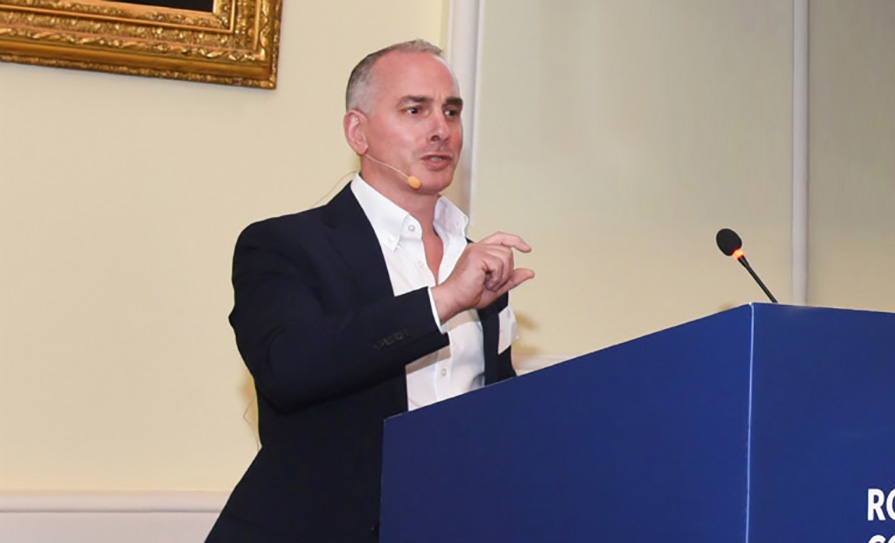
A leader in research and the application of technology in paediatric medicine, Prof Dimitri answered the question with a quote generated by ChatGPT.
“The short answer is no. Doctors who embrace AI will enhance patient care and patient outcomes. The future lies in collaboration between human expertise and AI capabilities.”
AI is already supporting lots of different aspects of medicine. These include: Accurate diagnosis; clinical decision support; precision medicine; robotic process automation for administration; workflow and patient experience; automated image processing; robotic surgery; accelerating drug discovery; customer service chatbots; medical records management; remote monitoring; and medical education.
A keynote speaker at the conference, Prof Dimitri shared how his work explores just how this collaboration might advance patient care and treatment in paediatrics.
There are so many opportunities, he argued, to harness technology to support children and young people and to deliver better paediatric healthcare. However, he pointed out that technology does not work in isolation. And while technology can be transformative, it is not always what is required to address a particular need.
“There are certain requirements in innovation systems that ensure the tech works well, is integrated well, and is accepted – it has to be accepted by clinicians, as well as the patients and their families. It also has to be integrated with the clinical service.”
TITCH and NIHR CYP MedTech
Prof Dimitri founded the national network TITCH (Technology Innovation Transforming Child Health) to determine the unmet needs to which technology could potentially provide solutions.
Partnering with industry, universities and healthcare professionals, TITCH set about leveraging funding and capability to develop and deploy technology with the shared goal of improving healthcare for children and young people. Within three years, TITCH had leveraged £6.2 million to support the development of child health technology. In 2018, the National Institute for Health and Care Research (NIHR) funded the same team to establish the NIHR Children and Young People (CYP) MedTech Cooperative, focusing technology development on seven clinical domains. NIHR CYP MedTech has gone on to support and lead 180 technology projects, worked with 139 SMEs and 44 global companies, and has leveraged an additional £17.1 million in funding. TITCH and NIHR CYP MedTech combined have generated £27 million in revenue generation for industry. Prof Dimitri and his group have now formed the NIHR HealthTech Research Centre in Paediatrics and Child Health, which is set to expand the offer of support for deployment and adoption of paediatric technologies in healthcare markets.
But what does this look like in a practical sense? In one example shared by Prof Dimitri, technology is generating improvements in recovery time and experience in occupational therapy.
Virtual reality
A games developer working with an occupational therapist has created an immersive virtual reality (VR) games platform for the rehabilitation of children with upper limb injuries.
The games environment replicates the therapy environment, so the child is doing the same kind of movements outlined in their exercise recovery programme within a virtual reality game. Their attention is focused, they are highly engaged, and they are more eager to push themselves than in a traditional environment. The level of pain goes down and enjoyment increases considerably.
This VR games-based approach was extended to lower limb rehabilitation through a cast to attach the handsets to the legs. Children said they looked forward to their therapy session.
It’s about safety, efficacy, reliability of the data, and that it’s age specific
Mixed methods
Another example was a mixed methods approach to supporting young children undergoing MRI scanning to reduce their anxiety. A flatpack miniature cardboard MRI scanner is sent to patients in the post. When it arrives, the child and their parents build it together. A programme on a mobile phone allows the child to scan their patient using images from an MRI scan, whilst emulating the light and noise of the scanner whilst scanning their favorite toy in the carboard scanner. Additionally, cardboard VR goggles enable the child to use a VR cartoon programme to visualise the interior of the radiology department. This model reduces anxiety in children and their parents.
“We use mixed methods technology where we combine traditional methods with tech to deliver a treatment plan,” Prof Dimitri said.
Dax Copilot
It is widely agreed that AI should not be used to do something a person cannot do for themselves. The user needs to have the knowledge to check and test the information or output generated. But as a collaborative partner, AI can increase efficiency and add unique value.
“Dax [Dragon Ambient eXperience] Copilot is not far away,” Prof Dimitri said. This is an AI‑powered ambient solution which automatically documents patient encounters at the point of care.
He detailed how his colleague, Dr Umang Patel, Chief Clinical informatics Officer at Microsoft, had simulated a patient interaction with him using the example of a 35-year-old male with heart palpitations.
“We had a conversation and the whole transcript was delivered in Dax Copilot. It created a summary of the relevant points and put it into a letter which I could have sent to a GP without needing to edit much of the content.”
Dr Patel took this a step further, using AI to adapt an original care plan for asthma into language a nine-year-old would understand and then translated that care plan into the style of a character a child or young person might relate to.
“AI put it into the style of Winnie the Pooh and his asthma adventure… but not everyone is familiar with Winnie the Pooh; some people have never heard of this marvelous bear,” Prof Dimitri said of his colleague’s work.
So Dr Patel asked ChatGPT to adapt the Winnie the Pooh story outlining an asthma treatment plan for someone who grew up in Pakistan. It converted the story to Urdu, featuring another character at the centre of the narrative.
DigiBete
Prof Dimitri shared one of his own projects which is about to undergo a multi-centre trial. DigiBete is a chatbot for young people with type 1 diabetes moving from paediatric to adult healthcare.
“This is the first NHS user-developed, developmentally appropriate app for young people in transition. The reason why this is so important is that it was developed by children and young people. We had multiple focus groups working with underserved communities, with children and young people with type 1 diabetes across four different cities, and young adults as well. We got the language and questions they wanted and embedded it in a chatbot, and we did this with IBM and a company called DigiBete.
“They asked generic questions that they were maybe embarrassed about asking or didn’t have time to ask in a clinical session, but this is available 24/7.”
Potential
The potential of AI is vast; however, Prof Dimitri cautioned that the technology has its limitations. He said success in the area depends upon the availability of heterogeneous data from lots of different cohorts, as well as collaboration among stakeholders.
“In paediatrics we deal often with rare diseases or small groups,” Prof Dimitri said.
“In research studies, it’s only the willing that take part so we might exclude underserved or marginalised groups. We might purposefully exclude certain data, but that makes our data set very homogenous and what that creates in the AI model is a small list of choices.”
He also referred to the risk of stratifying data.
“If we stratify, again what happens is that we create a homogenous group of patients,” he said.
“What we need for training datasets in paediatrics is heterogenous data from lots of different cohorts; this underpins the need to collaborate in rare diseases specifically – not only country-wide, but internationally.”
Another important issue concerns ownership and management of paediatric data.
“Who owns paediatric data? Who encrypts it? Is it compliant with regulations? And actually, we need to think about AI algorithms that must undergo rigorous clinical validation.
“It’s about safety, efficacy, reliability of the data and that it’s age specific. Often what happens in paediatric data is that there is bias within the AI models. It might be that age has never been reported; it might be that children weren’t involved in the research. Therefore, we have to extrapolate from adult data.”
To unlock the potential of artificial intelligence, Prof Dimitri argued that transparency, a clear understanding of the AI model, and provability, are all required.
This article was produced by the RCPI.
What we need for training datasets in paediatrics is heterogenous data from lots of different cohorts; this underpins the need to collaborate in rare diseases specifically
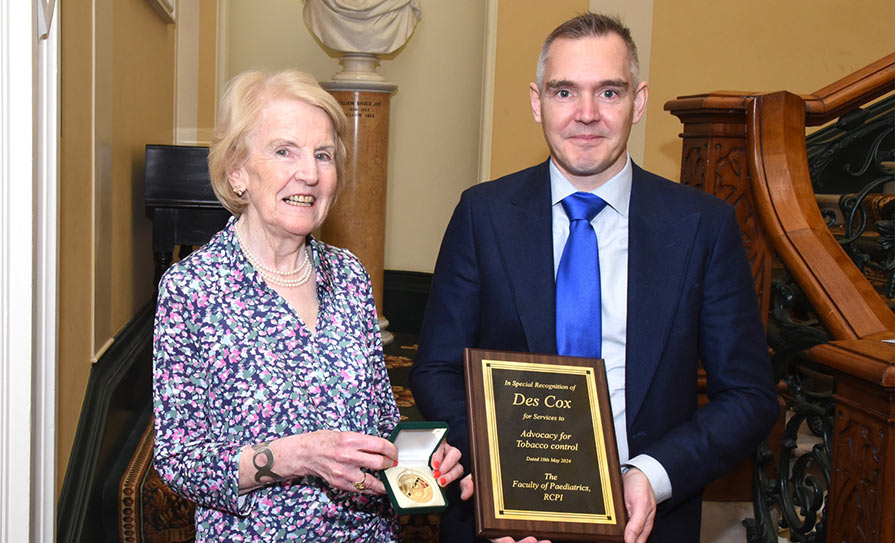
Prof Hilary Hoey received the Kathleen Lynn Medal for her service and dedication to the wellbeing of children; and Prof Desmond Cox received a Special Recognition Award for his impactful efforts in tobacco control
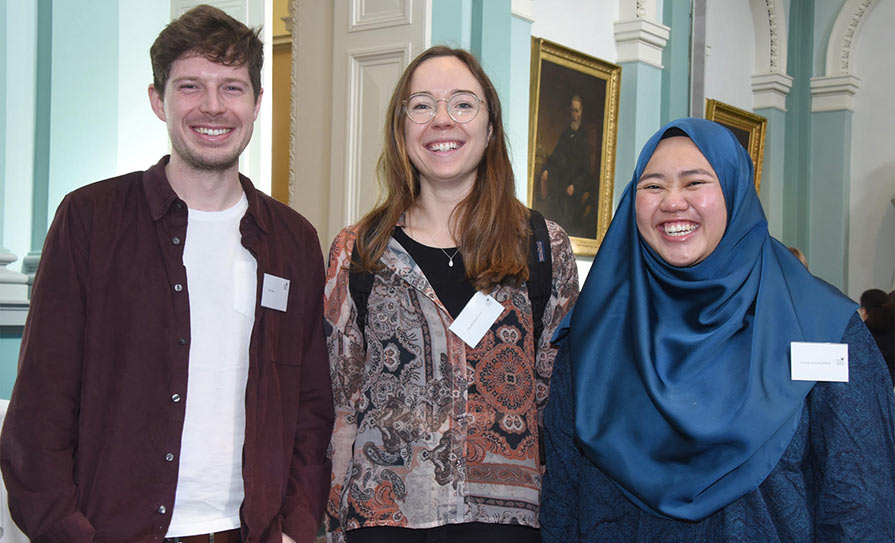
Dr Conor Ring; Dr Ciara Broderick Farrell; and Dr Sharifah Adwinna Affendi
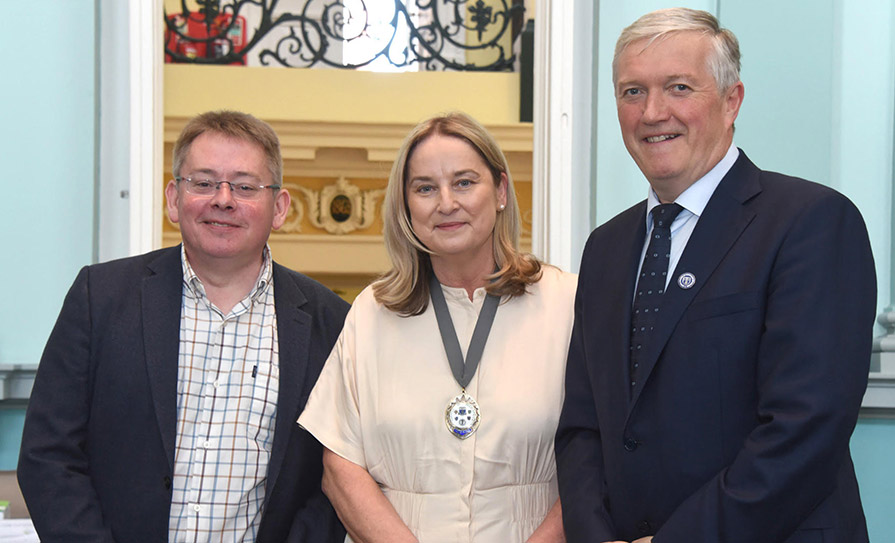
Dr Lee Hudson; Dr Judith Meehan, Dean, Faculty of Paediatrics, RCPI; and
Dr Diarmuid O’Shea, President, RCPI
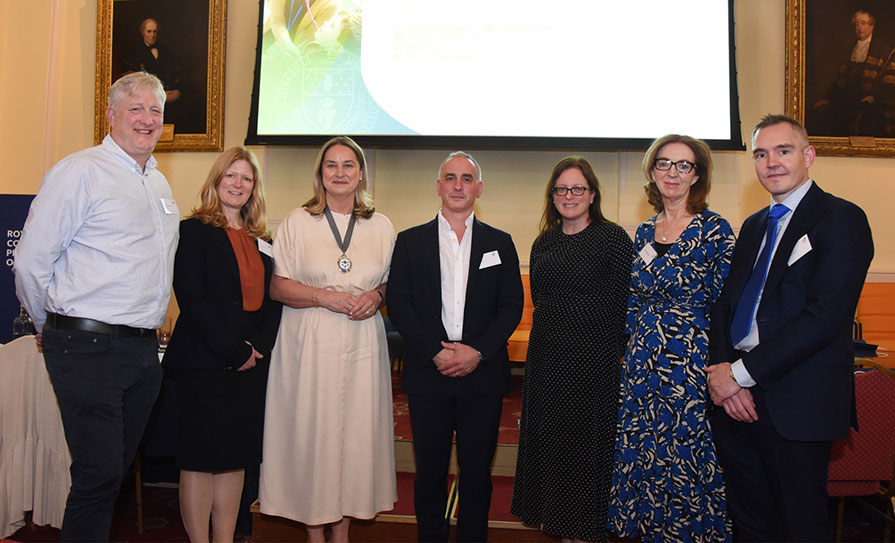
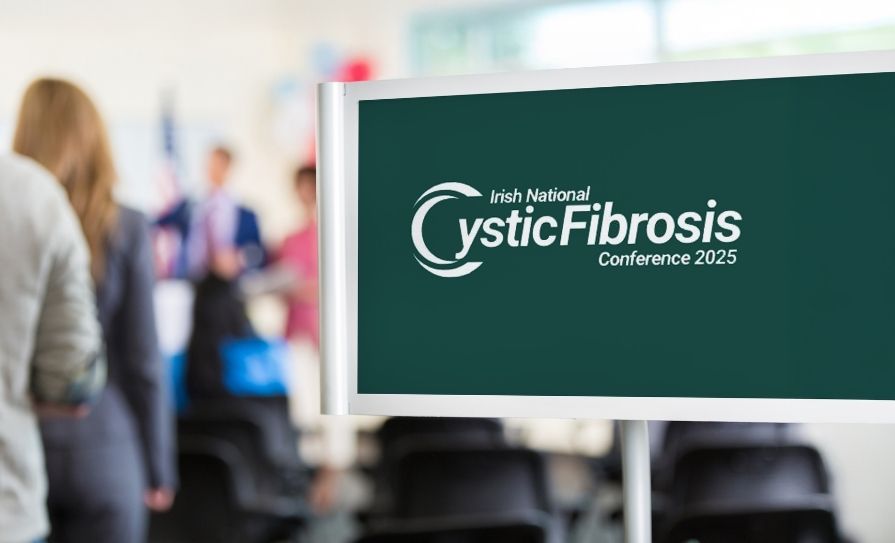
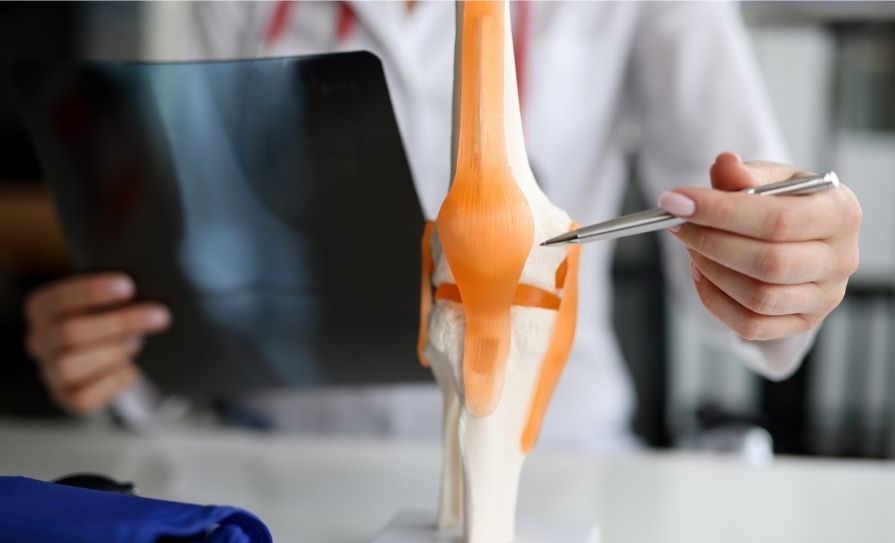
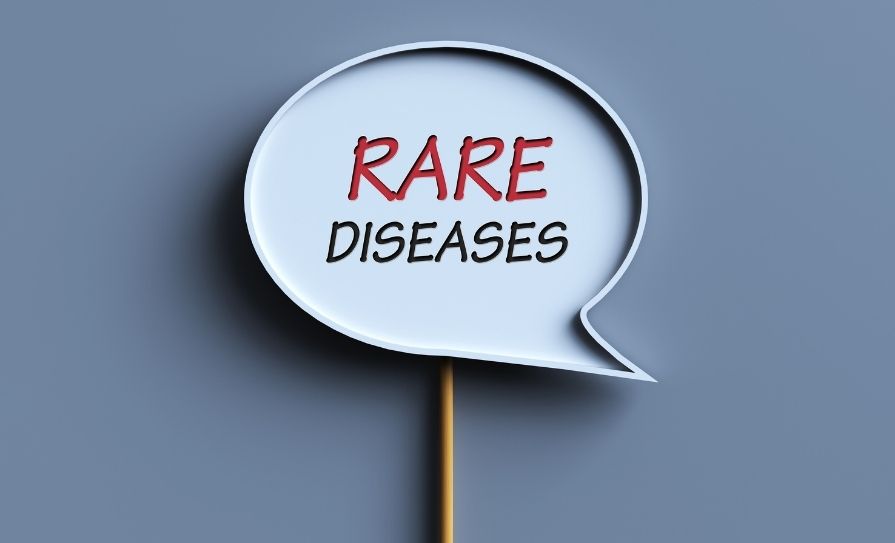
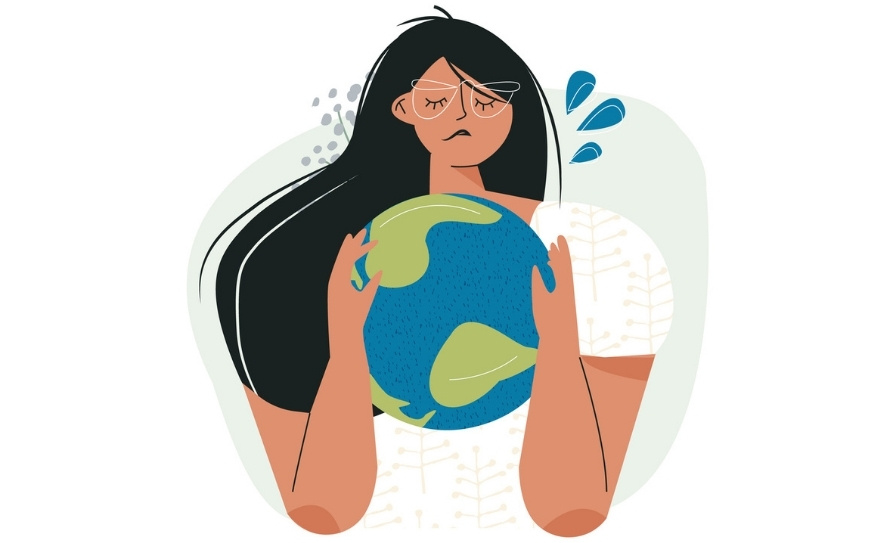
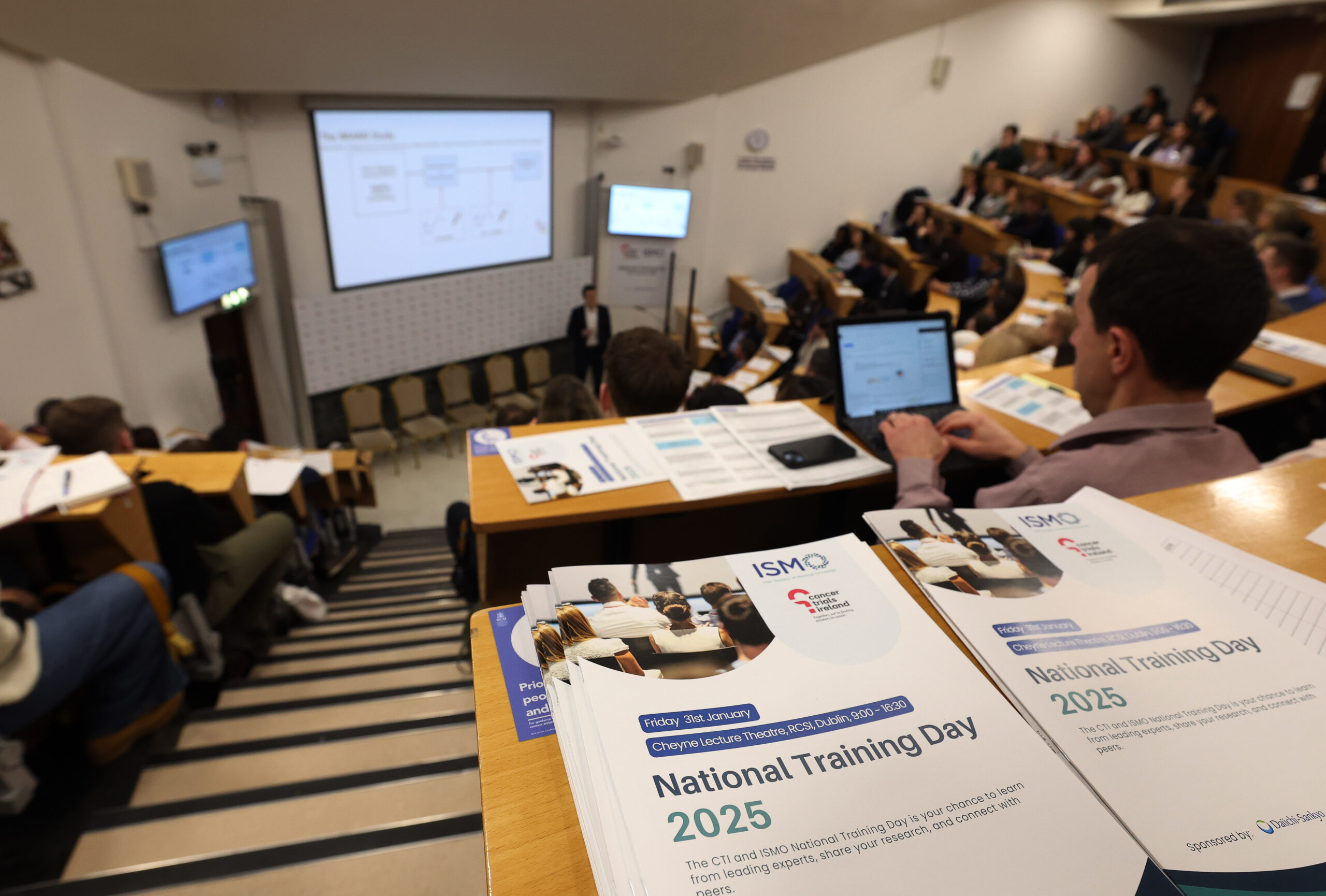

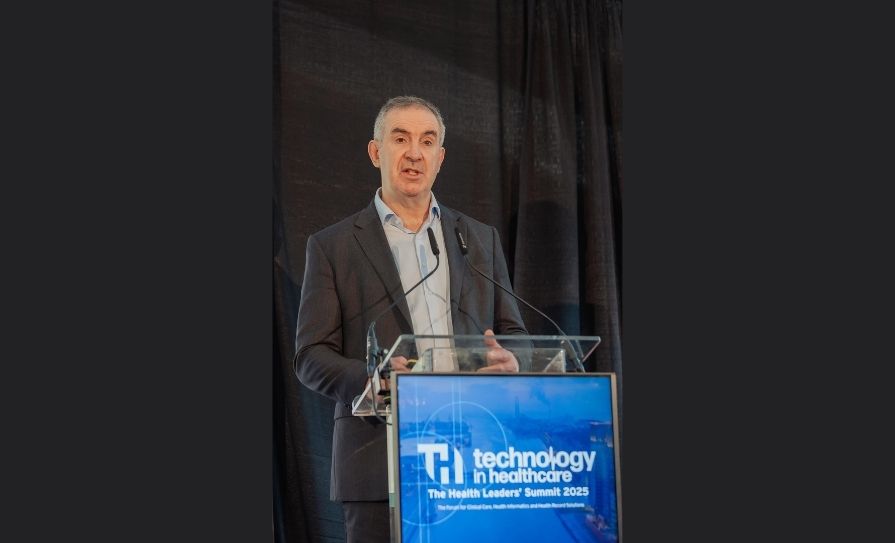





Leave a Reply
You must be logged in to post a comment.